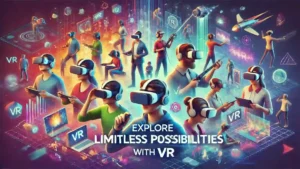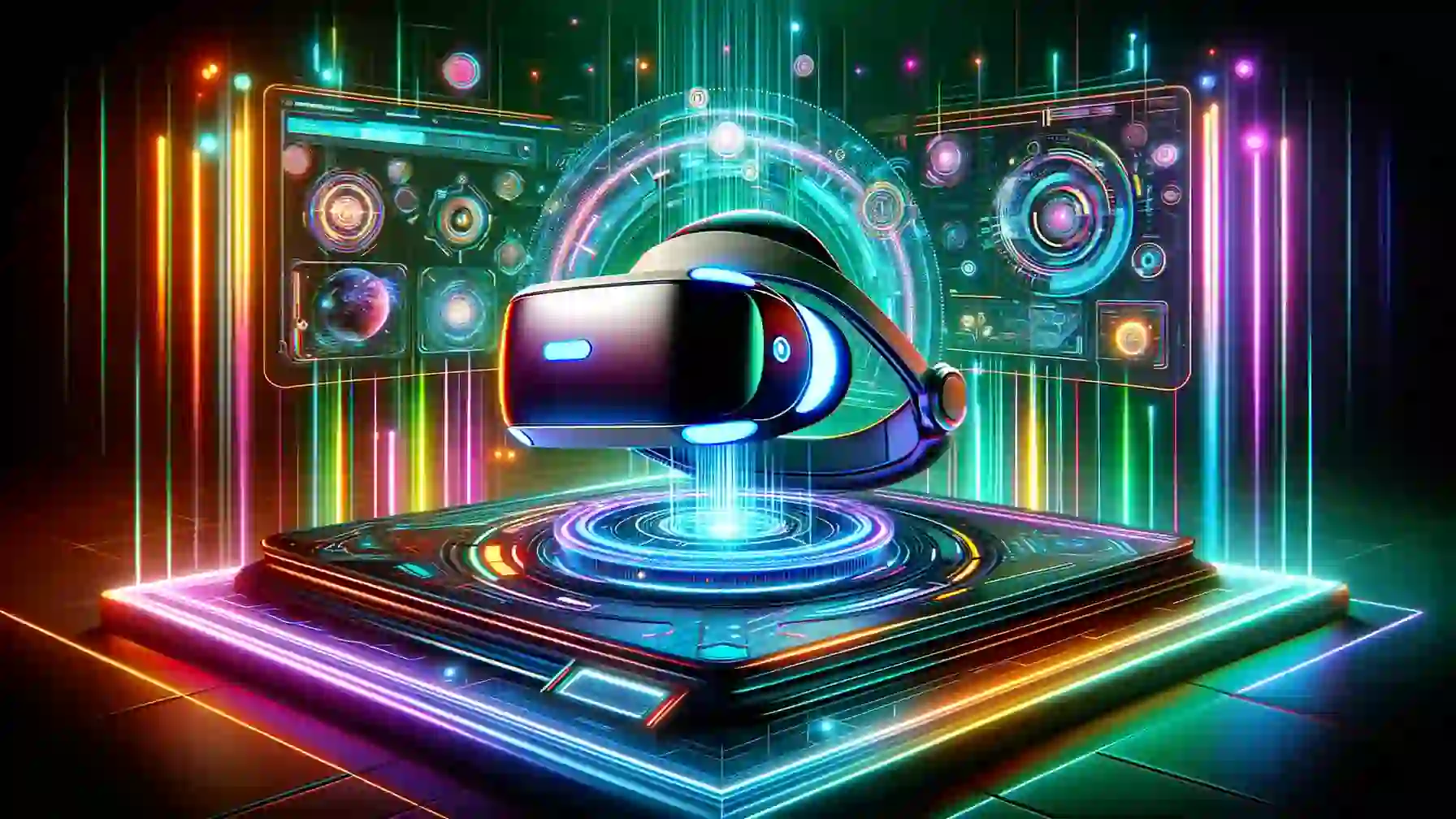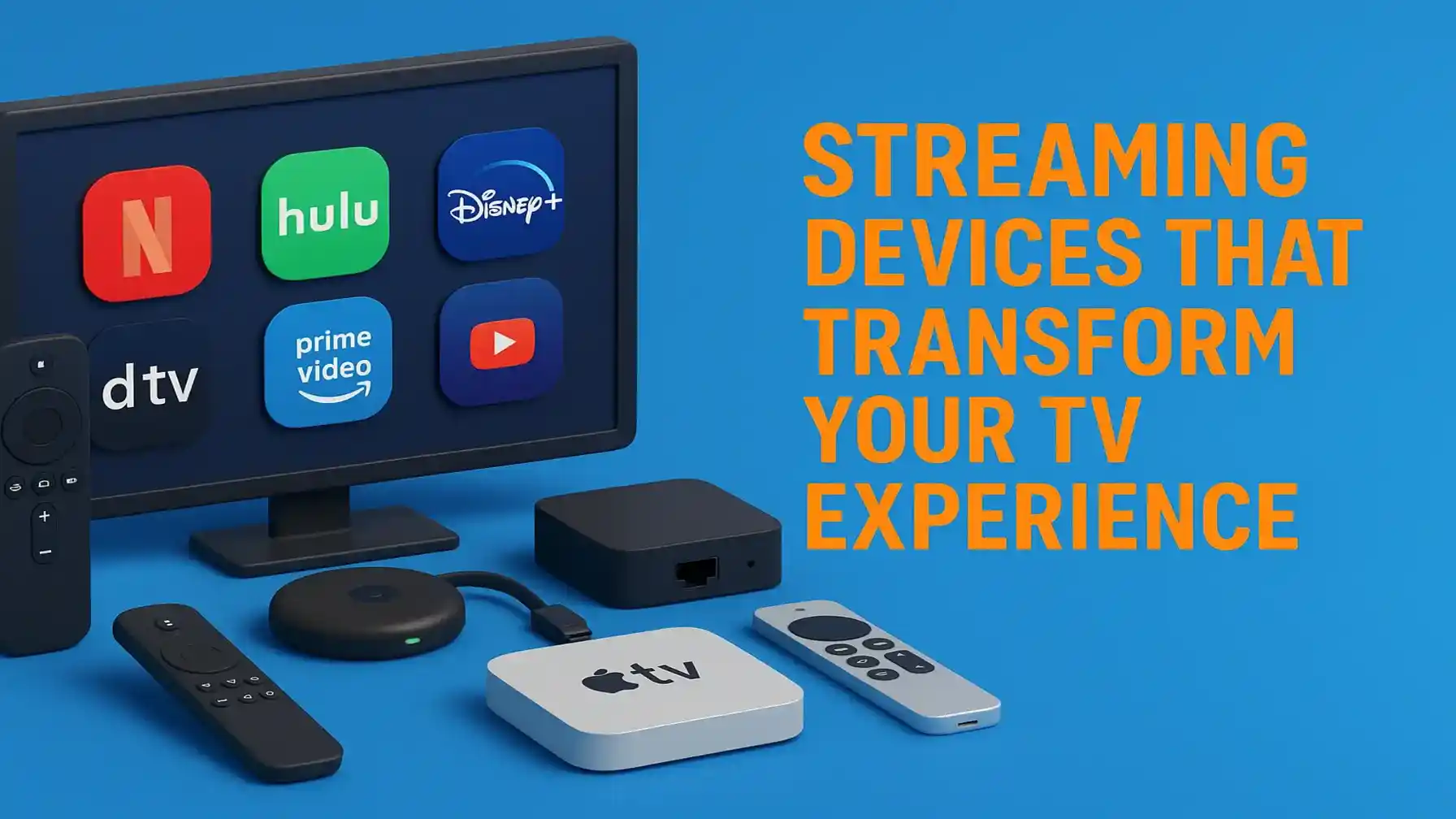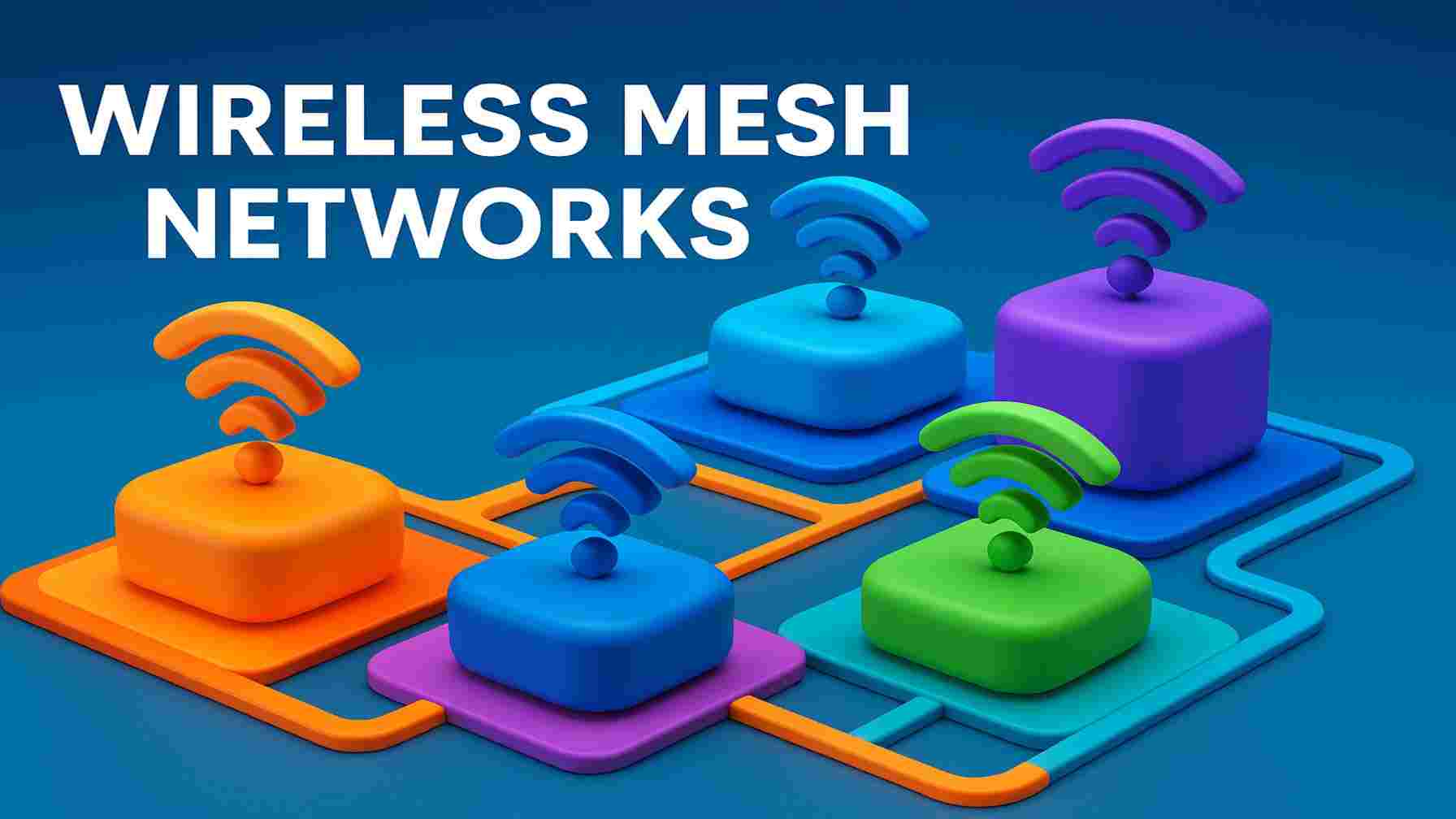Virtual reality (VR) headsets are redefining the future of entertainment, gaming, education, and even healthcare. These immersive devices transport users into a 3D world, creating unforgettable experiences that feel almost real. Whether you’re a gaming enthusiast eager to battle in virtual arenas, a professional looking to enhance training simulations, or a tech lover exploring the metaverse, VR headsets are your gateway to a new dimension. With advancements in VR technology, such as high-resolution displays, motion tracking, and wireless capabilities, there’s never been a better time to explore the possibilities of VR. Ready to dive into the thrilling world of virtual reality? Let’s explore everything you need to know about VR headsets, from how they work to the top models available today!
What are VR Headsets?
Definition and Purpose: Virtual reality (VR) headsets are wearable devices designed to immerse users in a computer-generated environment, replicating real-world or imaginary experiences. These headsets enable users to engage in interactive 3D worlds, transforming how we view entertainment, education, and more. Whether for gaming, training simulations, or virtual tours, VR headsets redefine the boundaries of reality.
Also Read: Benefits of Using Smartwatches for Health
History of VR Technology: The concept of VR dates back to the 1960s, with early experiments like the Sensorama. Fast forward to the 1990s, and devices like Nintendo’s Virtual Boy aimed to bring VR to the masses, though with limited success. The real breakthrough came in the 2010s, with the release of consumer-friendly devices like the Oculus Rift, paving the way for today’s advanced headsets.
How VR Headsets Work?
Key Components: VR headsets use displays, lenses, sensors, and processors to create immersive experiences. The display projects visuals, while lenses adjust focus and depth, simulating a 3D environment. Sensors like gyroscopes and accelerometers track head movements, ensuring accurate real-time responses.
Immersive Experience Explained:The magic of VR lies in its ability to deceive the senses. By blocking external stimuli and replacing them with digital content, users feel physically present in the virtual world. Paired with haptic feedback, 3D audio, and motion tracking, VR headsets create an unparalleled sense of immersion.
Types of VR Headsets:
1) PC-Based VR Headsets
Features and Capabilities: PC-based VR headsets are known for their high performance and advanced features. They leverage the power of external computers to deliver superior graphics, realistic simulations, and a seamless user experience. These headsets are ideal for enthusiasts who demand high-quality visuals, detailed textures, and smooth frame rates.
Popular Models: Notable examples of PC-based headsets include the HTC Vive Pro 2 and Valve Index. These devices are favored by gamers and professionals for their wide field of view, high-resolution displays, and precise tracking systems. Although they often come at a premium price, their quality and performance make them a top choice.
2) Standalone VR Headsets
Benefits of Standalone Systems: Standalone VR headsets operate independently, meaning they don’t require a PC or external device. These all-in-one systems are portable, easy to set up, and provide excellent convenience. With built-in processors, displays, and storage, they’re perfect for casual users or those new to VR.
Examples of Leading Devices: The Oculus Quest 3 exemplifies this category. Offering impressive performance without the need for a tethered connection, it balances cost and capability. Other notable options include the Pico 4 and Lenovo Mirage Solo, which also cater to varying needs and budgets.
3) Smartphone VR Headsets
Cost-Effective Options: Smartphone-based VR headsets like Google Cardboard and Samsung Gear VR are entry-level solutions for VR enthusiasts. They rely on your smartphone to provide both the display and processing power, making them extremely affordable. These headsets are great for casual gaming or watching VR videos.
Limitations and Drawbacks:However, the limitations of smartphone VR headsets are significant. They lack the advanced features of standalone and PC-based options, such as room-scale tracking or high-resolution visuals. As a result, they’re often seen as a stepping stone rather than a long-term solution for VR enthusiasts.
Top VR Headsets of 2024:
Oculus Quest 3
Features and Specifications: The Oculus Quest 3 builds on the success of its predecessor with upgraded optics, improved processing power, and enhanced hand tracking. It delivers a truly immersive experience, whether you’re gaming, working, or exploring virtual environments. The Quest 3 supports a vast library of apps and games through its standalone design.
Price and Availability: Starting at $499, the Oculus Quest 3 is accessible to many consumers. Its affordability and feature set make it one of the most popular headsets in 2024, offering a perfect balance of performance and value.
PlayStation VR2
Integration with Gaming Consoles: Designed exclusively for the PlayStation 5, the PlayStation VR2 elevates console gaming to new heights. Its adaptive triggers, haptic feedback, and 4K HDR visuals provide an unparalleled gaming experience. Players can enjoy a range of exclusive titles optimized for this platform.
User Experience: With a streamlined setup and an ergonomic design, the PS VR2 ensures comfort even during extended gaming sessions. The addition of eye tracking and foveated rendering enhances performance by focusing resources on where you’re looking, ensuring smooth gameplay.
HTC Vive XR Elite
Target Audience: The HTC Vive XR Elite caters to professionals and businesses looking for advanced mixed-reality solutions. Its modular design and high-end specifications make it a powerful tool for design, collaboration, and training.
Key Selling Points: Boasting features like high-resolution displays, precise tracking, and compatibility with VR-ready PCs, the Vive XR Elite offers versatility. Its lightweight design and adjustable fit prioritize user comfort, making it suitable for prolonged use.
Applications of VR Headsets:
Gaming and Entertainment
Enhanced Gaming Experiences: VR headsets have revolutionized gaming by creating immersive worlds that allow players to step inside their favorite games. With advanced motion tracking and realistic graphics, VR games make you feel like part of the action, whether you’re battling aliens, solving puzzles, or exploring fantastical lands. Popular games like Beat Saber and Half-Life: Alyx showcase the full potential of VR gaming.
Immersive Movies and Events: Beyond gaming, VR headsets are transforming how we enjoy movies and live events. Imagine sitting courtside at an NBA game or experiencing a 360-degree movie from within the storyline. VR platforms like Bigscreen and AltspaceVR make these experiences possible, bringing a cinematic quality that traditional formats simply can’t match.
Education and Training
VR in Classrooms: VR technology is reshaping education by creating interactive learning environments. Students can take virtual field trips to ancient civilizations, explore the solar system, or conduct complex science experiments without leaving the classroom. Programs like Google Expeditions and Labster are leading the charge in educational VR.
Professional Training Simulations: From medical procedures to aviation, VR headsets are essential for training in high-stakes professions. Surgeons can practice complex operations, and pilots can simulate emergency scenarios, all in a safe and controlled virtual environment. The realism provided by VR reduces errors and enhances skill development in ways traditional methods cannot.
Healthcare and Therapy
Mental Health Applications: Virtual reality is becoming a valuable tool in mental health treatment. Therapists use VR environments to help patients confront phobias, manage stress, and practice mindfulness. Programs like Limbix and VRMind have shown promising results in treating anxiety, PTSD, and depression.
Rehabilitation and Surgery Training: In physical therapy, VR offers engaging exercises that motivate patients during rehabilitation. For example, stroke victims can practice movements in a virtual setting, making recovery more interactive and less monotonous. Additionally, VR is used to train surgeons, providing a hands-on experience without risks.

Factors to consider when buying a VR Headset:
Compatibility with Devices
PC Requirements: When choosing a VR headset, it’s crucial to ensure compatibility with your devices. PC-based headsets like the Valve Index require powerful computers with specific hardware configurations. Check the processor, graphics card, and RAM to avoid performance issues.
Console and Smartphone Compatibility: For console users, devices like the PlayStation VR2 are tailored to specific systems. Meanwhile, smartphone VR headsets require compatible models with sufficient screen resolution and processing power. Ensuring your devices match the headset’s requirements saves you from frustrating mismatches.
Display and Performance
Resolution and Refresh Rate: High-resolution displays and fast refresh rates are key to an enjoyable VR experience. A higher resolution reduces the “screen door effect,” where you see pixel grids, while a refresh rate of at least 90Hz minimizes motion sickness.
Field of View: A wider field of view (FOV) enhances immersion by expanding the visible area within the VR environment. Most premium headsets offer FOVs between 90 and 120 degrees, with higher values providing a more natural viewing experience.
Comfort and Ergonomics
Weight and Adjustability: Comfort is paramount, especially for extended VR sessions. Lightweight headsets with adjustable straps and padding are essential to prevent discomfort or fatigue. Devices like the Oculus Quest 3 strike a great balance between weight and durability.
Suitable for Extended Use: Ergonomics also includes ventilation, ensuring the headset doesn’t overheat or cause excessive sweating during prolonged use. Look for designs that consider airflow and have replaceable face pads for hygiene.
The Future of VR Headsets:
Advancements in Technology
Eye-Tracking and Facial Recognition: Future VR headsets will include advanced features like eye-tracking, which allows for dynamic focus based on where users are looking. Facial recognition can enable more expressive avatars in virtual meetings, adding a new layer of realism.
Wireless Improvements: As technology advances, wireless VR systems are expected to become more powerful. Improved battery life, higher bandwidth, and lower latency will ensure seamless experiences, eliminating the need for cumbersome cables.
Potential Challenges
Cost of Technology: One of the primary barriers to widespread adoption is cost. High-quality VR headsets remain expensive, and additional accessories can further drive up expenses. Addressing affordability will be crucial for mass-market success.
Accessibility for All Users: Designing VR headsets for users with disabilities and ensuring ease of use for non-technical individuals are significant challenges. Inclusive designs and user-friendly interfaces will be essential as the market evolves.
Conclusion:
VR headsets have transformed the way we interact with technology, offering limitless possibilities in gaming, education, healthcare, and beyond. With options ranging from budget-friendly smartphone headsets to high-end PC-based systems, there’s something for everyone. As technology continues to advance, VR headsets will become even more immersive, accessible, and integrated into daily life. Whether you’re a casual gamer or a professional seeking cutting-edge solutions, VR is undoubtedly the future of digital interaction.
FAQs:
1. What is the best VR headset for beginners?
The Oculus Quest 3 is an excellent choice for beginners due to its standalone design, ease of use, and affordable price.
2. Can VR headsets cause motion sickness?
Some users experience motion sickness, but headsets with higher refresh rates and better tracking can minimize this issue.
3. Are VR headsets suitable for children?
Most manufacturers recommend VR headsets for users aged 13 and above, as prolonged use can affect developing eyesight.
Also Read: The Rise of Consumer Tech Investment
4. Do I need a powerful PC for VR gaming?
Only PC-based VR headsets like the HTC Vive or Valve Index require high-performance PCs. Standalone headsets like the Oculus Quest series do not.
5. Can VR be used for work or productivity?
Yes, VR headsets are increasingly used for virtual meetings, collaborative design, and immersive training sessions.








